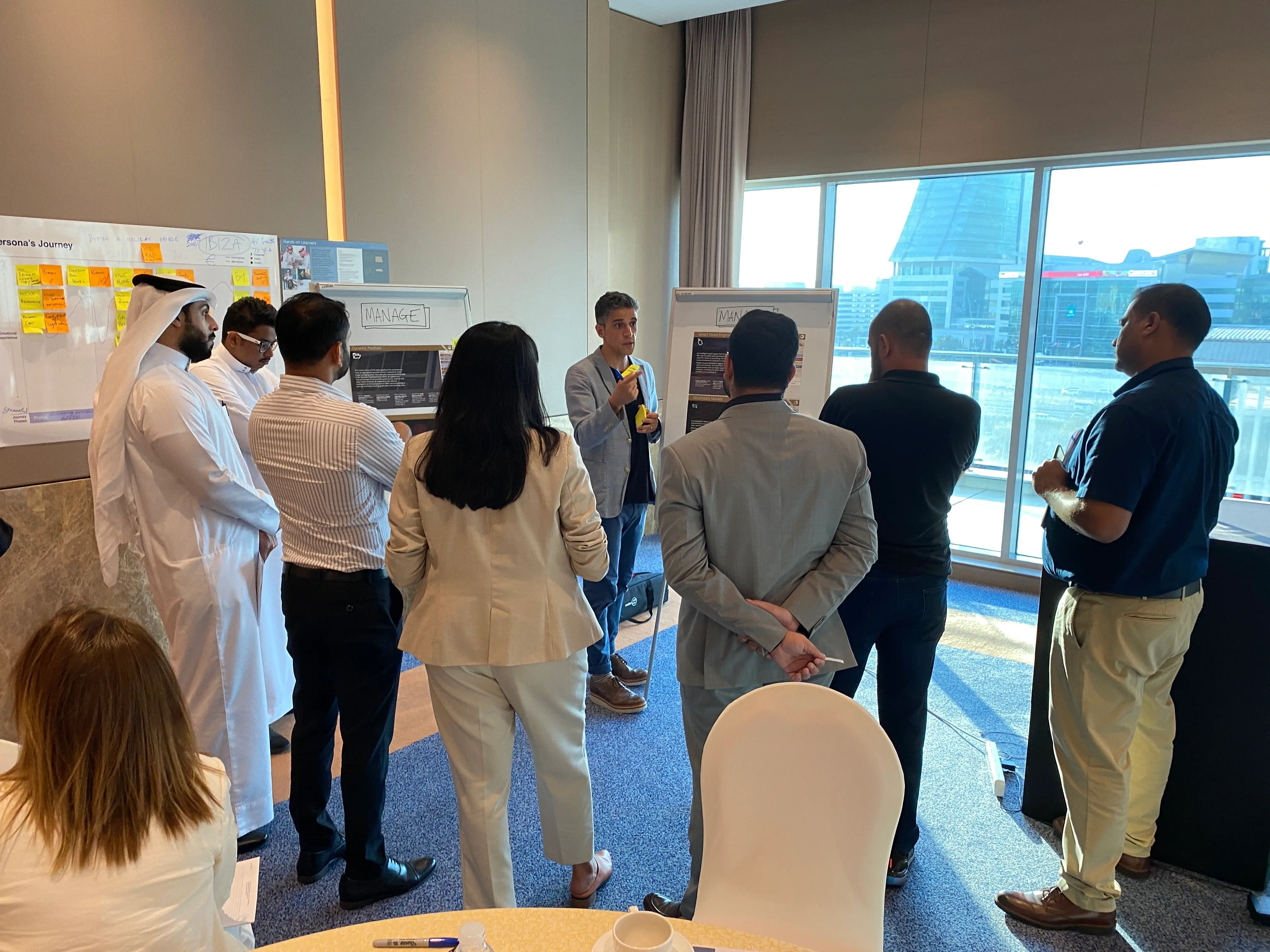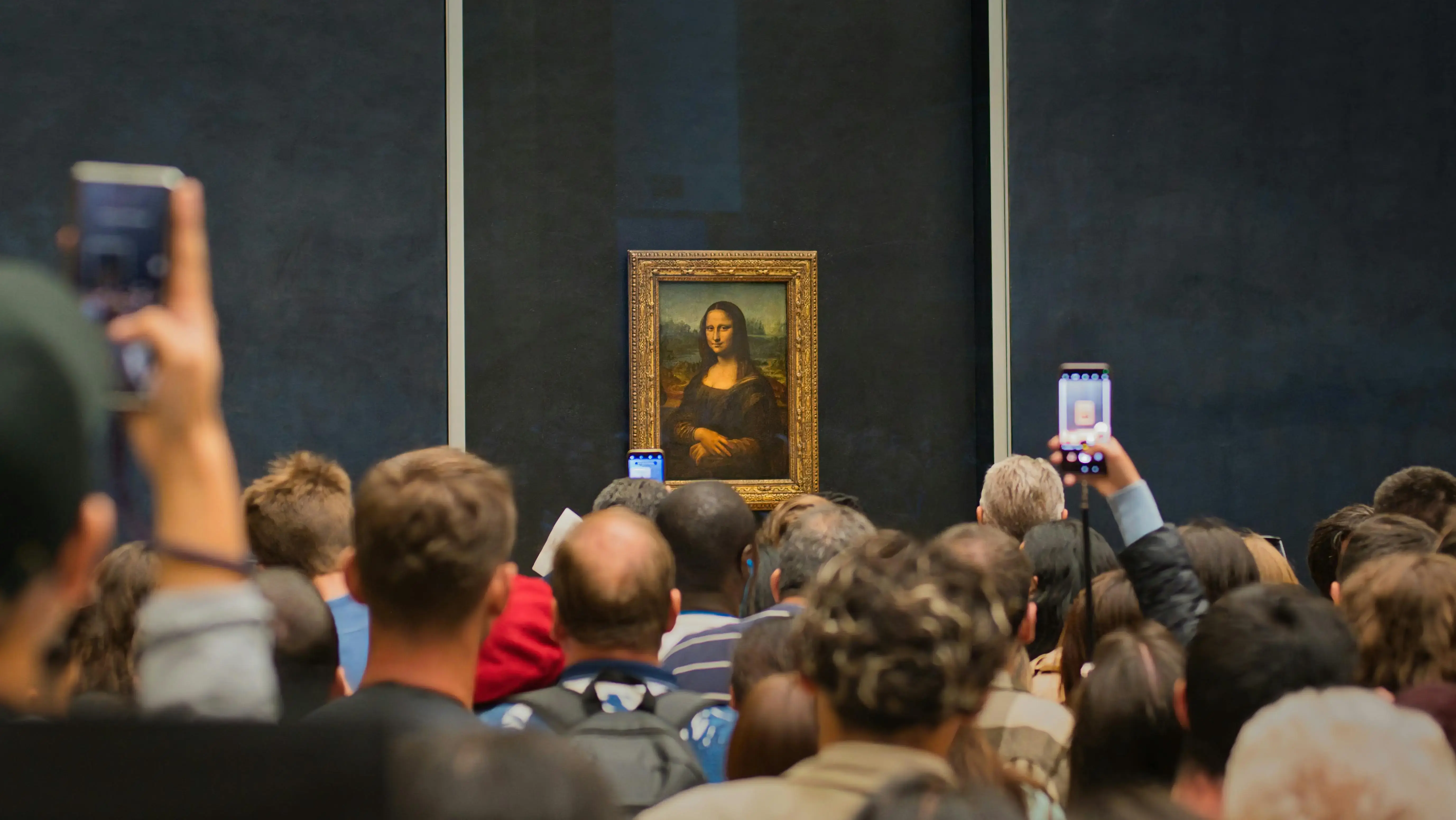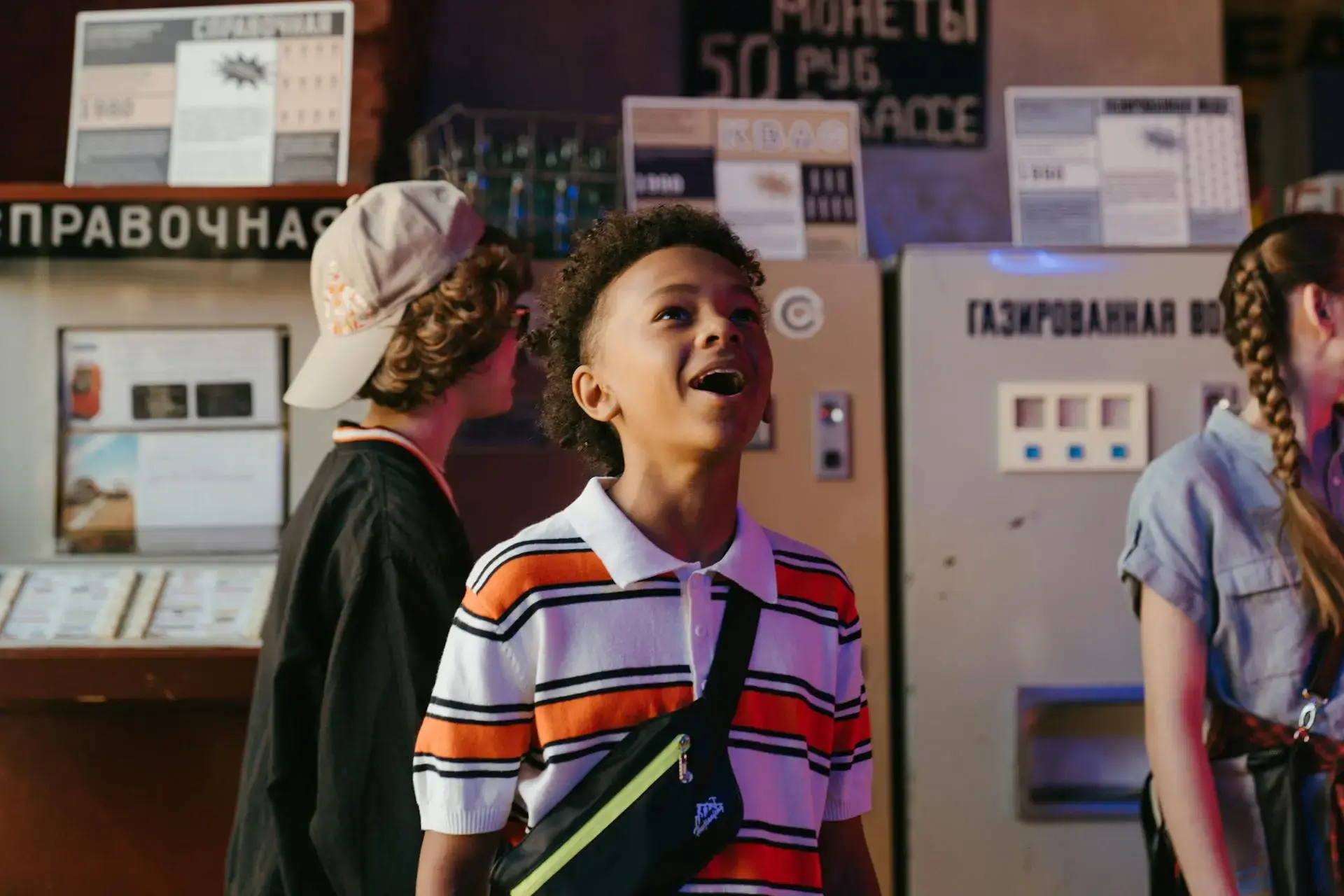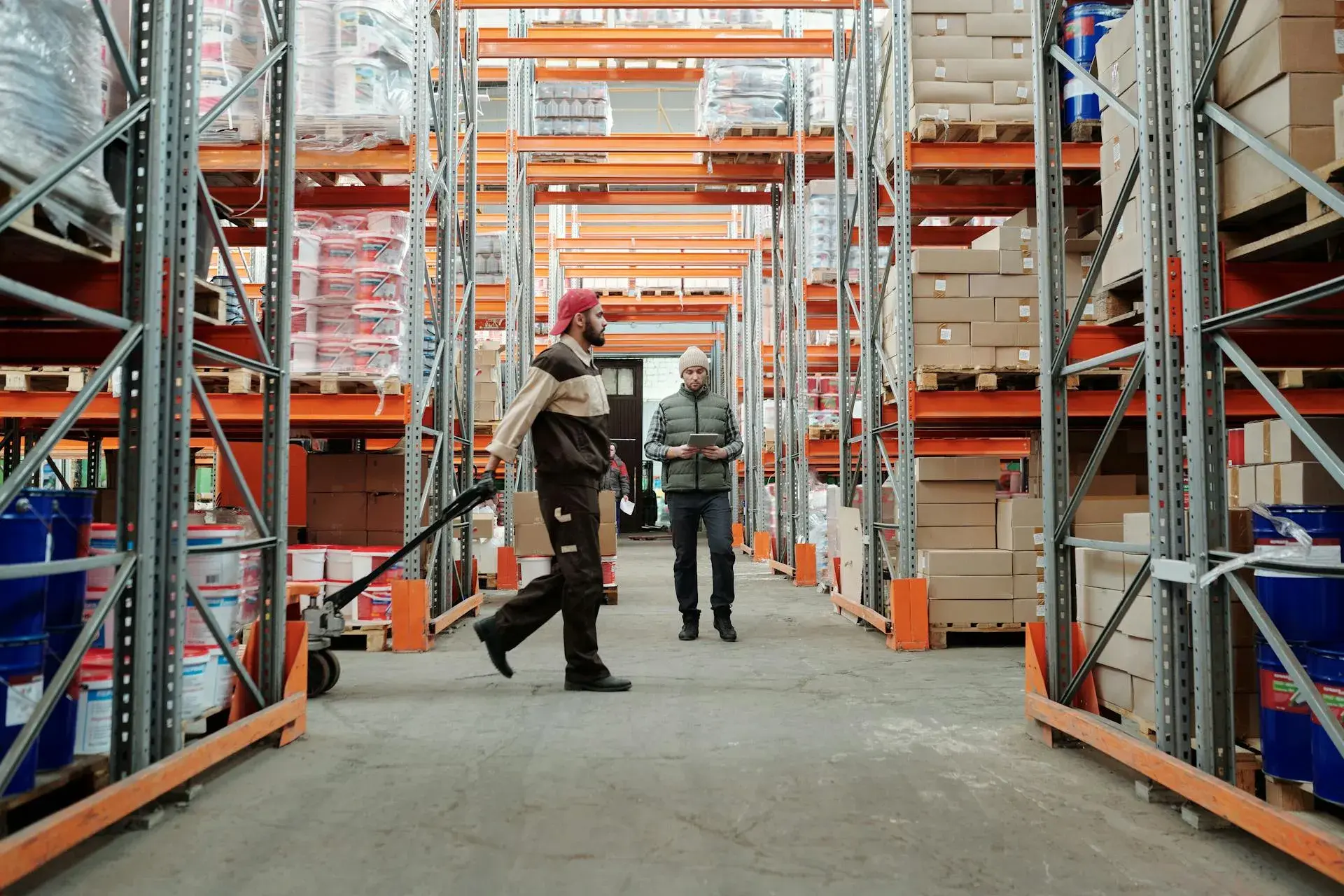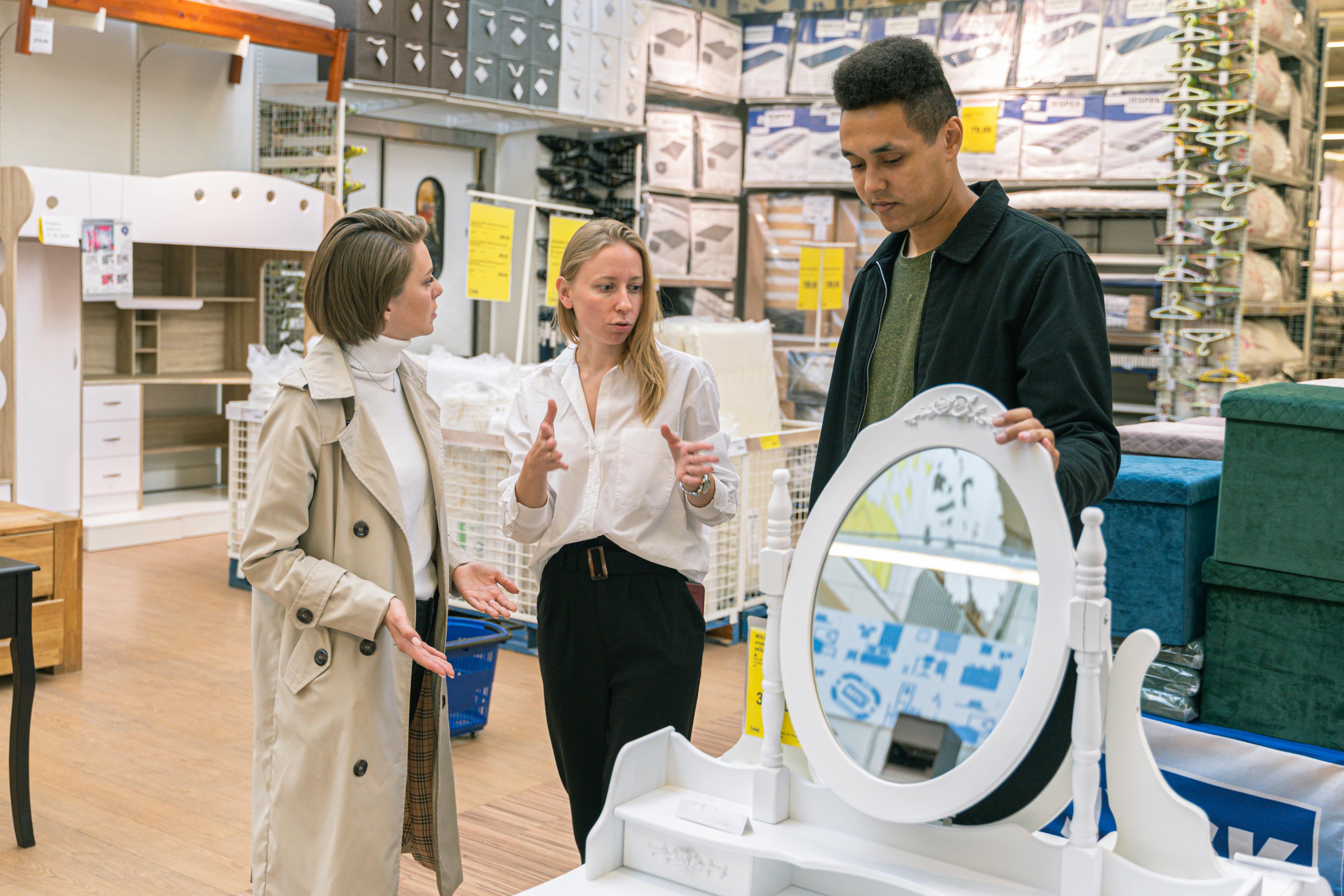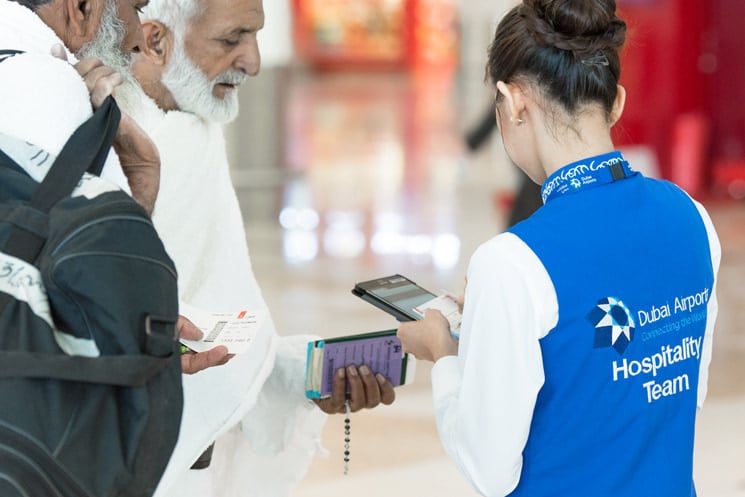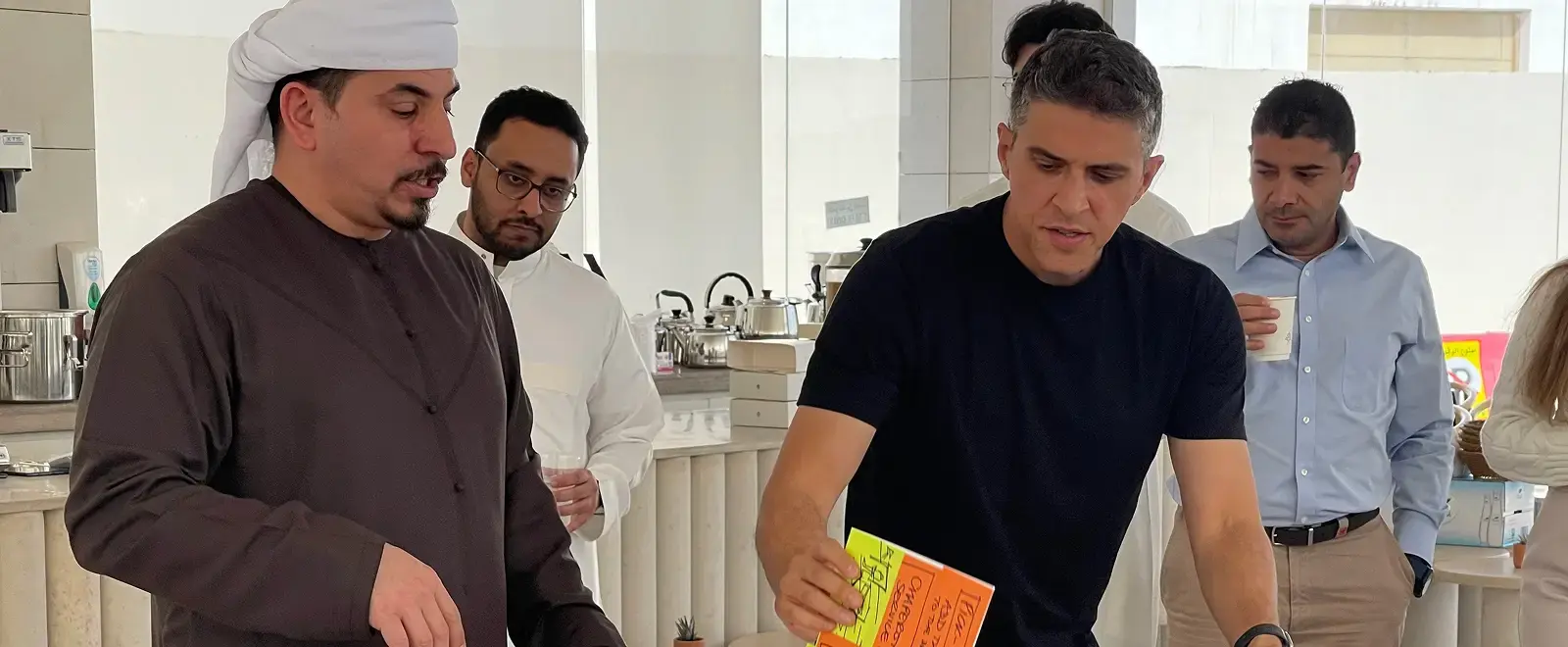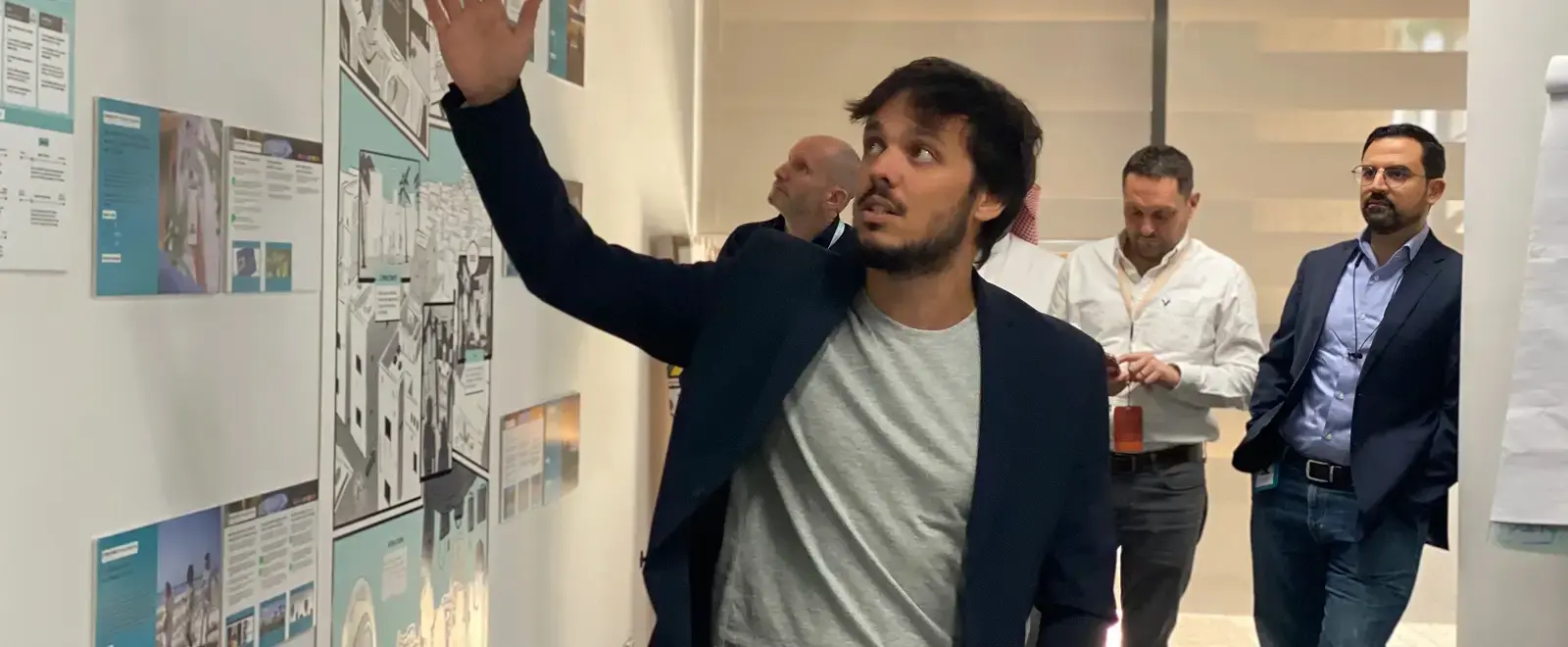Making big ideas stick: How Engine unites vision and execution
- Customer Experience Design,
- Customer Experience Strategy & Vision
- ·
- 4 min read
Imagine being a film director, holding a script that has brought your big idea and story to life in an even better way than you had imagined.
As you hold the script, you can envisage how the final cut looks, with beautiful scenes that connect with your audience. Now, all you need to do is film it – orchestrating the crew, equipment, technology, location and costumes in an all-star production. Sounds easy, but there’s an entire production journey that happens from script to final screening.
Developing a compelling customer experience (CX) is somewhat similar.
The CX design – customer journey, blueprints, services, products and roadmaps are your scripts. Your cross-department stakeholders and frontline staff are your actors; you have the supporting equipment and technology, and the environment in which the experience gets delivered in, is your location. It’s all a matter of orchestrating the production.
The challenge often comes in turning ‘your scripts’ into clear briefs your teams can deliver consistently at scale, on location and in a way that reflects your big idea and your brand. That’s where many organisations stumble.
.webp?width=2000&name=pexels-cottonbro-9908291%20(1).webp)
Why CX design doesn't work in a silo
In many organisations, accountability for CX delivery is in a single department, usually the one with ‘customer’, ‘experience’, or ‘engagement’ in the title.
While it’s important to have a team accountable for leading and overseeing CX, ensuring execution is aligned to the big idea, brand and business priorities, memorable experiences aren’t delivered in silo, or by one team alone.
At Engine, we believe that CX delivery is a shared responsibility across the business. If it’s left to only one part of the business to deliver, you’re set up to fail. Just like a film can’t be executed by one person, it takes an orchestrated production, a clear vision and capable direction.
Big ideas don’t stick unless they’re designed and developed for a coordinated delivery. When experience is a shared responsibility, then the key actors need to contribute to the scripts from the start so the own and understand the part they play in execution.
Designing with delivery in mind
At Engine, we begin any project by bringing these actors - the cross-functional teams together – it’s one of the first things we do.
Our reimagining process involves more than just the big ideas that define the ideal experience and customer journey. We consider the full CX ecosystem: the people, processes, platforms, technology, environment, partners and policies that need to align for it to become real.
This gathering of people, sharing ideas and conversations creates ownership across departments and ensures we design with operational reality in mind. We discuss some of the big delivery questions such as: What capabilities exist? What can be adapted? What needs to change? Co-designing the experience with the people who will ultimately deliver it makes all the difference.
Change isn't a barrier, it's the opportunity
Let’s not sugar-coat it: design often brings change. And even when change is for the better, it can create resistance. But that tension is where the creative breakthroughs can happen.
When we worked with Dubai Airports to develop a strategy and training approach for frontline staff, one of the major areas affected with change was the Service Level Agreement (SLA) with an airport staff supplier. By understanding how the business operated from the beginning and defining a clear set of standards, we were able to work with the teams at Dubai Airports to define the requirements within the SLAs to ensure the teams sourced were right for the job and the customer support delivery met expectations as a best-in-class travel hub in the Middle East.
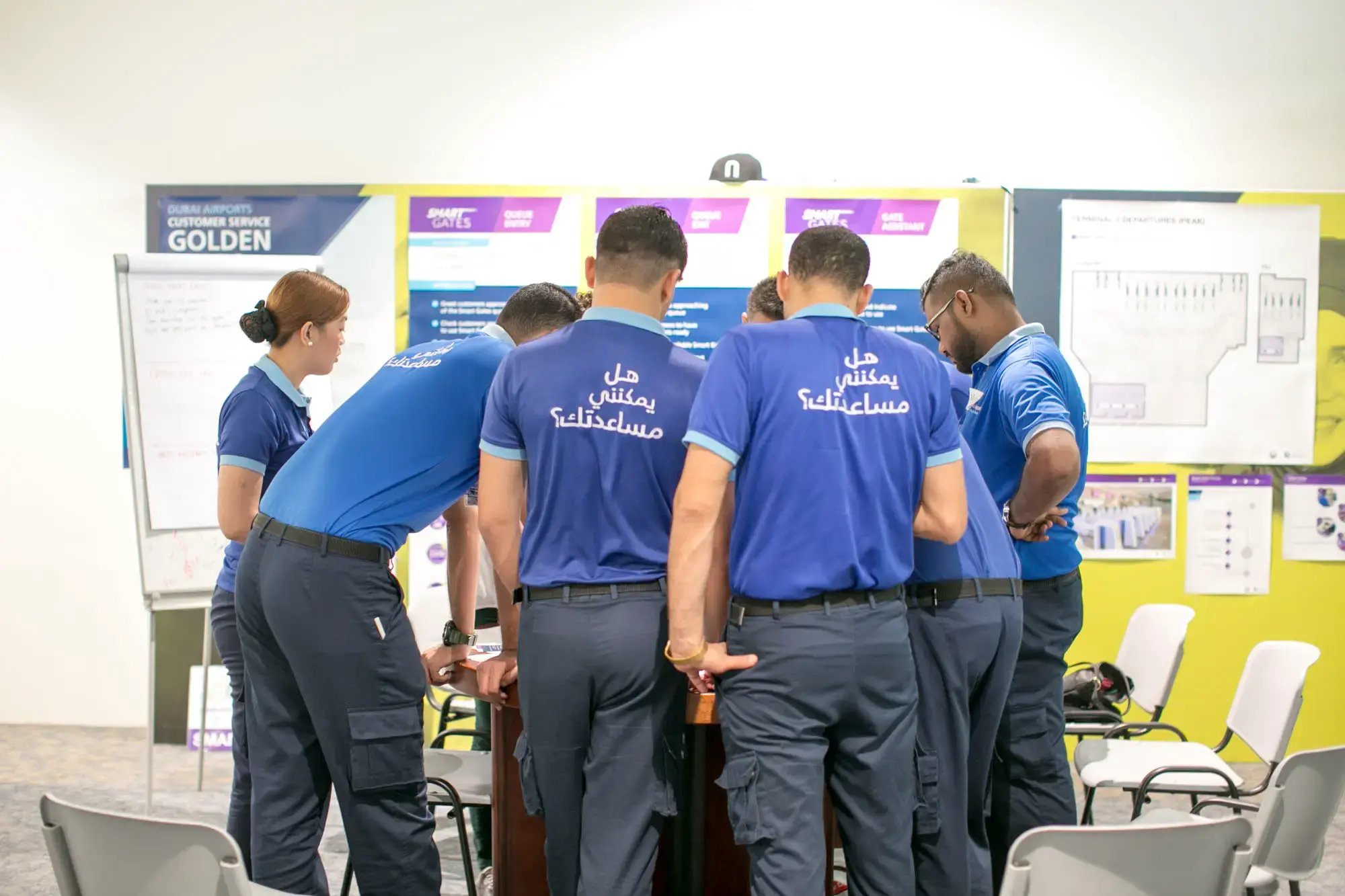
The role of CX teams
Some of our clients are creating dedicated experience functions to orchestrate delivery across departments. These teams aren't there to own experience in isolation, but to enable and empower others to co-deliver it. Their job is to:
-
Set a clear experience ambition
-
Provide the tools, frameworks and standards to deliver it
-
Embed accountability across the business
-
Monitor and measure performance – not just through metrics, but through how people feel
It’s this model that turns design into reality and creates momentum at scale.
From script to screen
As we set out in the opening scene, the most beautifully written script means little without the right cast, direction, and production. CX delivery is no different. Big ideas only stick when they’re designed to be delivered, and when the actors responsible for delivery are part of the process from the start.
At Engine, we don’t just help organisations imagine better experiences – we help them make them real.
Want to turn your CX vision into reality? Let's talk.
